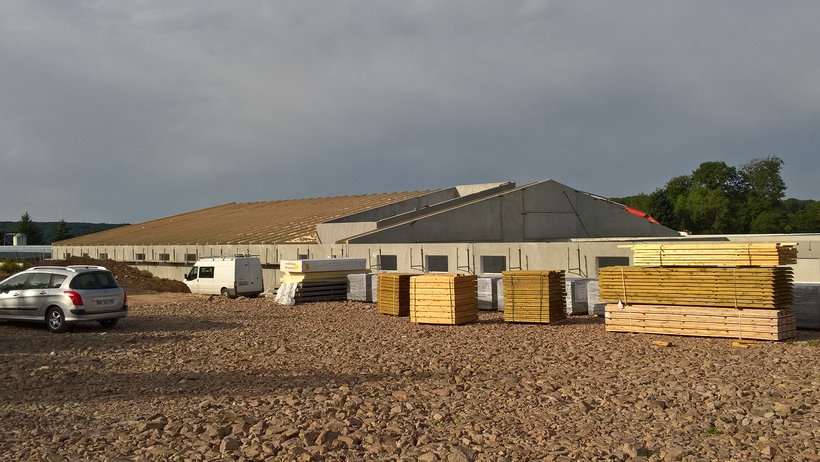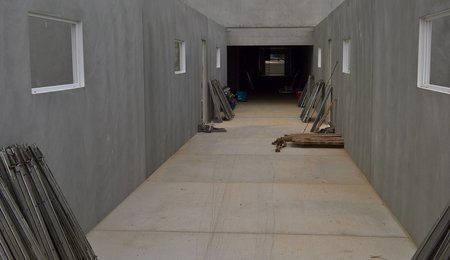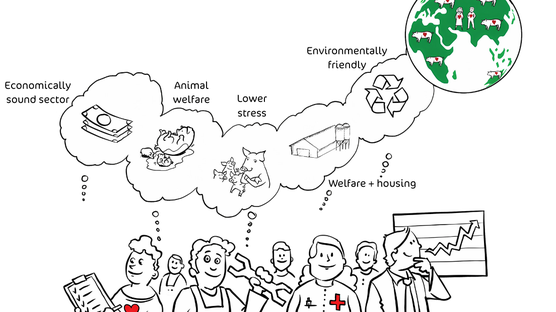
Published on Sept. 5, 2017
Hypor Increases Genetic Progress with New Testing Station in Sichamps, France
Hypor is investing in a new facility in Sichamps, France with 72 Nedap Pig Performance testing (PPT) stations to track the daily growth and feed intake of the Hypor Maxter and Magnus boar.
The new state-of-the-art facility that is constructed by companies CME, ROSE Eludis, Anders Beton – (Picto slats), Hotraco, Maison Blue, Vereijken-Hooijer and VDL will begin operating in October 2017. “The new facility and additional feeding stations will increase the number of pigs we test with feeding stations by 3,000 pigs annually and increase the total number that we test by around 6,400 head,” says Hypor General Manager France of Swine Julien Briant. Each station will have the capacity to measure the daily feed intake and weight gain of 14 pigs. “With this technology we can make very accurate improvements in weight gain and feed intake,” Briant says. “This will helps us to improve the Residual Feed Intake (RFI) trait—a key point on economic efficiency.” Feed accounts for 60 to 70 percent of the total cost of production globally. The feeding stations will further strengthen the Hypor Maxter and Magnus program, which has strongly improved in leanness and meat percentage over the past years.
“This investment will provide pork producers with a product that is capable of optimizing profitability,” Briant says. Specifically, the feeding stations will increase genetic improvement by providing more accuracy and a higher selection intensity. Genetic progress that can be achieved is influenced by a limited number of parameters, 1) accuracy of selection; 2) intensity of selection; 3) genetic variation; and 4) generation interval. The number of animals that are tested within the breeding program contribute to accuracy of selection and intensity of selection.
- Accuracy: The feeding stations house animals in a standardized environment so that geneticists can see the true genetic potential, such as feed intake, of animals when they are housed in a group setting.
- Selection Intensity: More feeding stations increases the number of pigs that can be tested and ultimately results in a tighter selection of animals that are used for the next generation.
- Variation: By testing animals in a standardized environment, Hypor geneticists are able to make a better judgment of the genetic difference that exists between animals. If all are tested under the same conditions than more of the variation can be attributed to genetic differences between animals.
“With this investment we will now be able to test most of the boars that come through the facility before they are sold to AI studs,” says Hypor Director of Research and Development Abe Huisman. “This gives us more genetic precision and will greatly benefit our customers.” Hypor currently utilizes feeding stations to measure the individual feed intake and growth of more than 15,000 purebred boars each year. “At the end of the day, this investment is just part of our job,” Briant says. “We are investing for our customers to ensure that we are supplying them with the best possible animal for today—and for the future.”
Construction new testing facility










